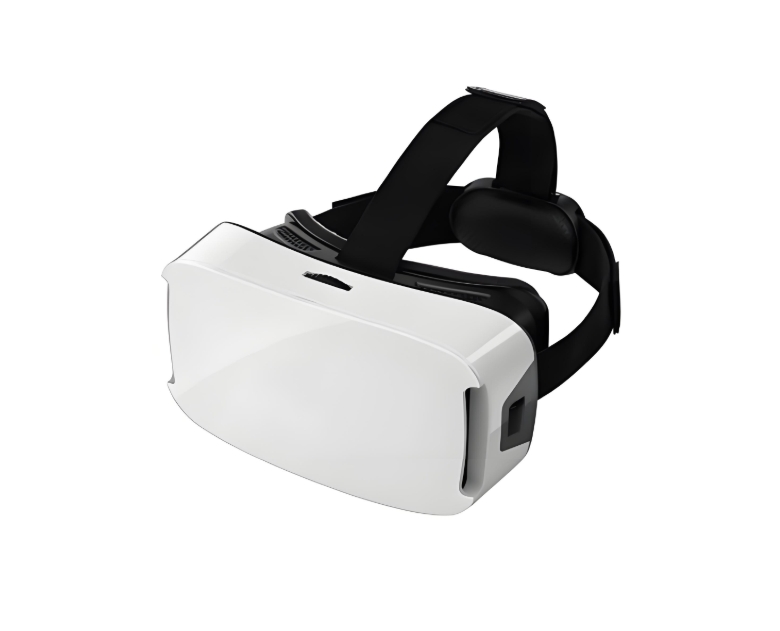As precision optical devices, the injection molding quality of VR glasses lenses and structural components directly impacts user experience:
Black Spots: Minute impurities or carbides reduce light transmittance, cause image distortion, and may induce user dizziness.
Voids: Voids exceeding 0.05mm in diameter disrupt optical uniformity, causing light scattering and reducing immersion.
Industry data reveals that VR lens rejection rates due to these defects range from 8% to 15%, presenting a significant cost control challenge for injection mold manufacturers.

Material Contamination: Plastic pellets may contain metal debris, dust, or moisture (moisture content >0.02%).
Mold Residue: Oxidation layers or carbonized plastic residues from previous cycles transfer to new products.
Process Instability: Excessive screw temperatures (>280℃) lead to material decomposition and carbide formation.
Material Preparation:
Use optical-grade resins (e.g., Zeonex, PMMA) with magnetic separation for metal impurity removal.
Employ vacuum drying systems to achieve<0.01% moisture="" content.="">
Mold Optimization:
Mirror-polished molds (Ra ≤0.01μm) minimize material adhesion.
Post-cycle ultrasonic cleaning + nitrogen purging eliminate residue buildup.
Process Control:
Three-zone screw temperature profiling (e.g., COP material: 200℃ [feed] →240℃ [compression] →230℃ [metering]).
"Slow-Fast-Slow" injection speed control reduces frictional heat.
Causes: Uneven wall thickness (>3mm center thickness) creates internal shrinkage due to differential cooling.
Solutions:
Gate design: 50-60% wall thickness with fan gates for uniform flow.
Holding pressure: 80% of injection pressure applied for 1.2x gate solidification time.
Causes: Inadequate drying (e.g., PMMA requires 6-8 hours pre-drying) or thermal decomposition.
Solutions:
Nitrogen-purged molding: Inert gas prevents oxidation and decomposition.
Vacuum-assisted molding: -0.08MPa pre-closing evacuation removes trapped air.

Implement a three-tier inspection framework:
1.Raw Material QC: Infrared spectroscopy ensures<50ppm impurity="" levels.="">
2.In-Process Monitoring: Mold-mounted pressure sensors enable real-time parameter adjustment.
3.Final Optical Inspection:
10MP CCD cameras detect 5μm black spots.
Laser interferometry verifies surface topography and rejects voids exceeding tolerance.
AI-Driven Optimization: Machine learning algorithms analyze historical data for predictive parameter tuning.
DLC-Coated Molds: Diamond-like carbon coatings enhance durability and reduce material adhesion.
This systematic approach addresses both defect mechanisms and process controls to achieve sub-5% rejection rates in VR optical component manufacturing.
Copyright © 2023 :Worldbound Plasitc Products Co.Ltd